Typhoon Wipha Hits China After Disrupting Hong Kong, Hundreds of Flights Canceled

Typhoon Wipha made landfall in Taishan city, Guangdong province, mainland China, around 5:50 p.m. on Sunday, July 20, 2025, after causing significant disruption in Hong Kong. The typhoon weakened to a severe tropical storm upon landfall, with maximum sustained winds of 108 kph (67 mph). Prior to reaching mainland China, Wipha battered Hong Kong, leading to widespread travel chaos and public safety concerns.
Hong Kong Hit with Hurricane Signal No. 10

On Sunday, July 20, 2025, the Hong Kong Observatory issued its highest warning, hurricane signal No. 10, for nearly seven hours as Typhoon Wipha approached. The storm's eye passed just south of Hong Kong around midday, bringing maximum sustained winds of 140 kph (87 mph). This prompted the cancellation or postponement of approximately 500 flights, impacting around 80,000 passengers.
Widespread Travel Disruption in Hong Kong
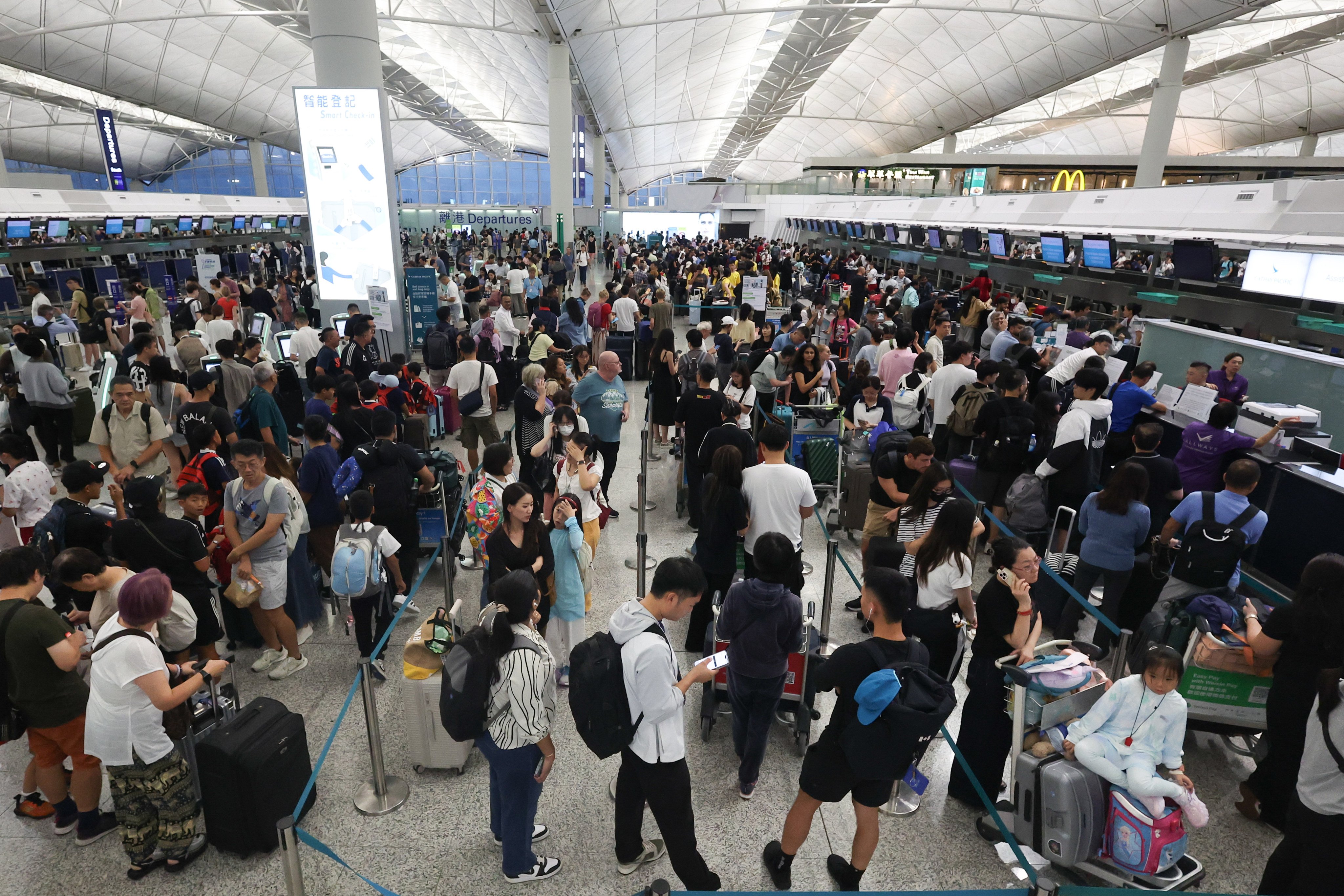
The impact of Typhoon Wipha on Hong Kong's transportation infrastructure was substantial. In addition to the hundreds of flight cancellations, some high-speed train services were suspended, and public transport was significantly affected. Numerous schools and amusement parks, including Hong Kong Disneyland, were closed as a precautionary measure.
Fallen Trees and Public Safety Concerns in Hong Kong
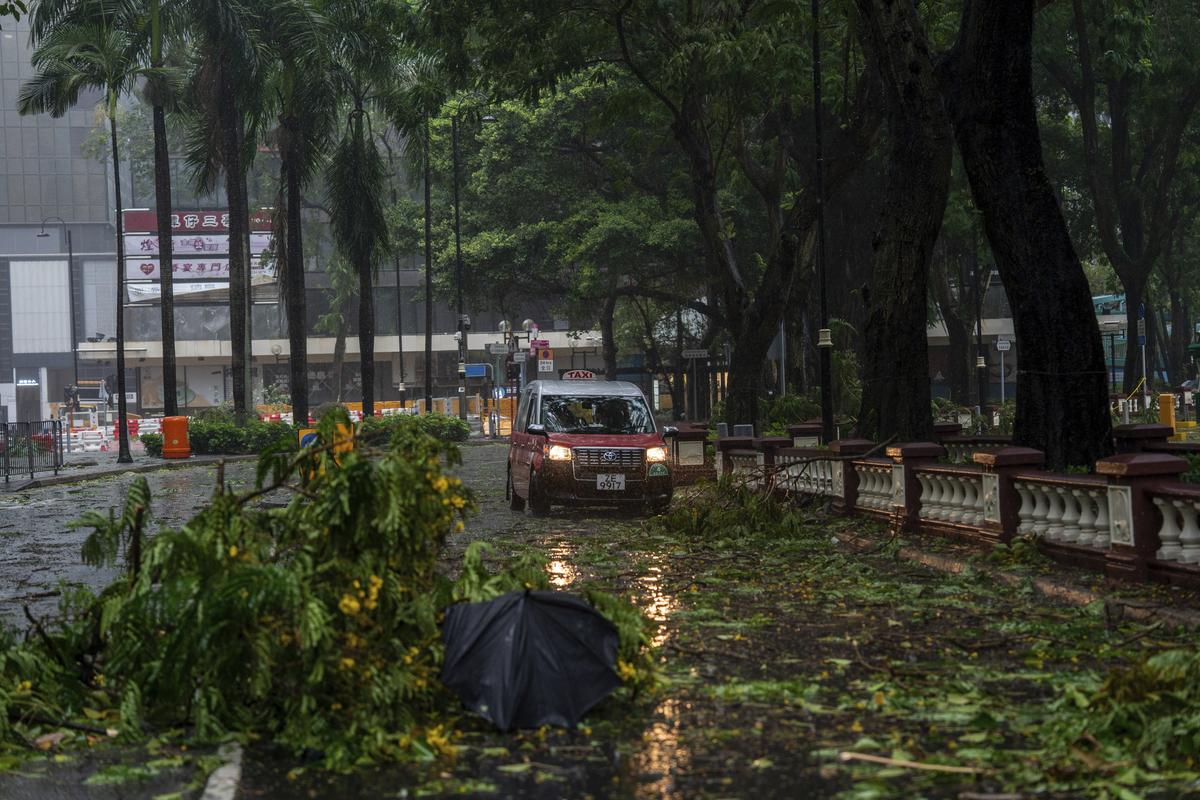
Hong Kong authorities received over 700 reports of fallen trees by Sunday evening, with some incidents leading to road closures and damage to vehicles. Tragically, 33 people (18 men and 15 women) sought medical treatment at public hospitals due to storm-related injuries. Over 270 individuals sought refuge in temporary shelters provided by the government.
Mainland China Impact: Flight Disruptions and High Winds

Following its passage through Hong Kong, Typhoon Wipha made landfall in mainland China. Airports in Shenzhen, Zhuhai, and Macao experienced significant flight disruptions as a result of the storm. High winds also brought down trees in Zhuhai and other coastal cities in the region.
Typhoon Wipha's Trajectory: Vietnam Landfall Expected

Typhoon Wipha is expected to re-intensify over the Beibu Gulf and make a second landfall along Vietnam's Red River Delta coastline on Tuesday, July 22, 2025. This poses a significant threat of further flooding and heavy rainfall in northern Vietnam, Laos, northern Thailand, and Myanmar.
Context: Sixth Tropical Storm of the Season

Typhoon Wipha is the sixth tropical storm of the Western Pacific typhoon season and the third to impact Vietnam this year. Before reaching Hong Kong and mainland China, the storm intensified monsoon rains in the Philippines, causing at least one fatality, and also impacted parts of Taiwan.
Affected Populations and Key Stakeholders
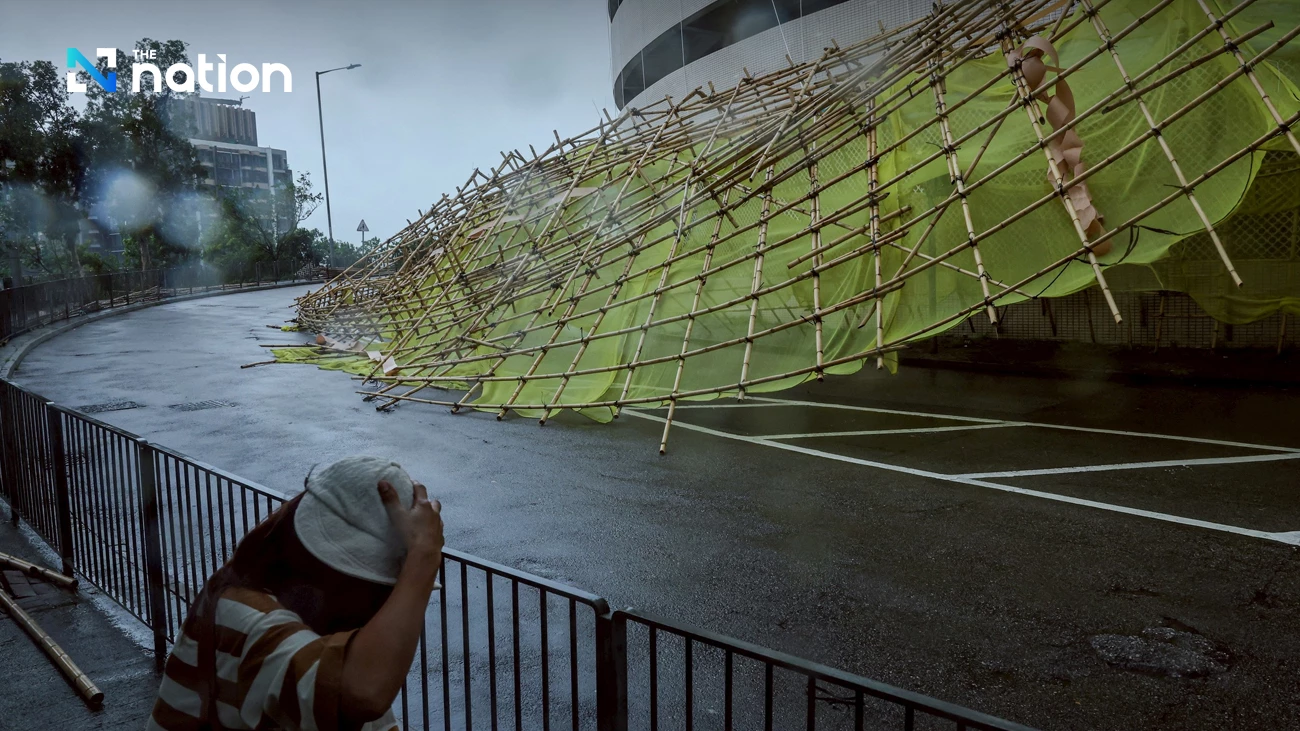
The populations affected by Typhoon Wipha include residents of Hong Kong, southern China (Guangdong, Hainan, Shenzhen, Zhuhai, Macao), the Philippines, Taiwan, and potentially Vietnam, Laos, northern Thailand, and Myanmar. Key stakeholders involved in the response include government entities such as the Hong Kong Observatory and China's National Meteorological Center, as well as transportation sector companies, healthcare services, businesses, and disaster relief agencies.
Figures and Reports: Hong Kong Observatory and Airport Authority
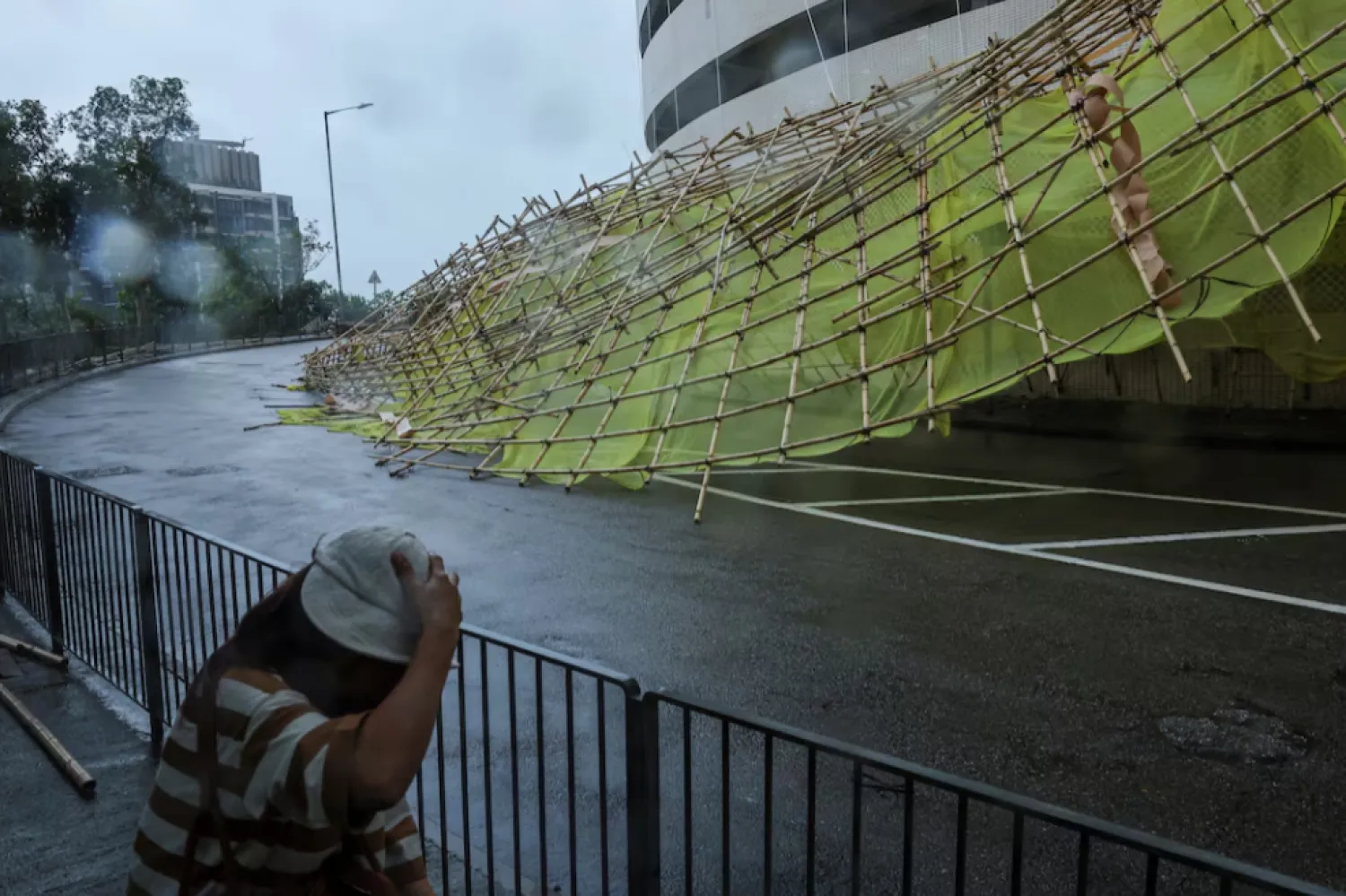
The Hong Kong Observatory issued Hurricane Signal No. 10, indicating winds with mean speeds of 118km/h or more. Peak gust speeds reached 234 km/h at Ngong Ping. The Hong Kong government reported that 33 people sought medical treatment, over 270 people sought refuge in public shelters, and over 700 reports of fallen trees were received. The Airport Authority Hong Kong reported that around 500 flights were canceled or rescheduled, affecting approximately 80,000 passengers.
China's Meteorological Center and Vietnam's Forecasts
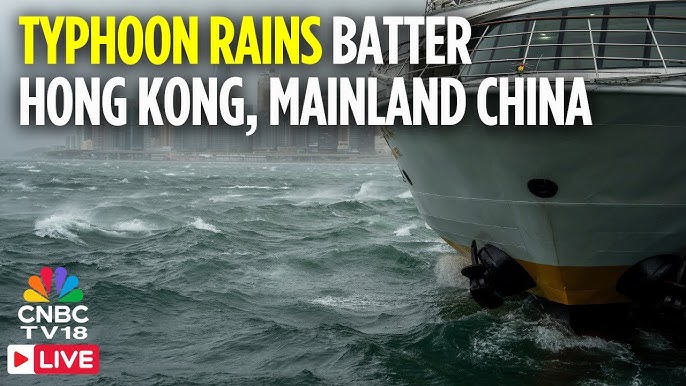
China's National Meteorological Center confirmed that Wipha made landfall in Taishan, Guangdong, as a severe tropical storm with 108 kph (67 mph) sustained winds. Vietnam's National Center for Hydro-Meteorological Forecasting predicts rainfall totals of 200-350mm in northern Vietnam, with some areas exceeding 600mm.
Controversy and Public Reaction

There was public frustration among stranded travelers in Hong Kong, particularly mainland Chinese visitors who faced difficulties in obtaining updated transport information. Some public criticism was directed towards businesses, such as fast-food chains, for remaining open during the storm and potentially endangering their staff. Despite warnings, some residents engaged in "storm chasing."
Economic Disruption and Infrastructure Damage
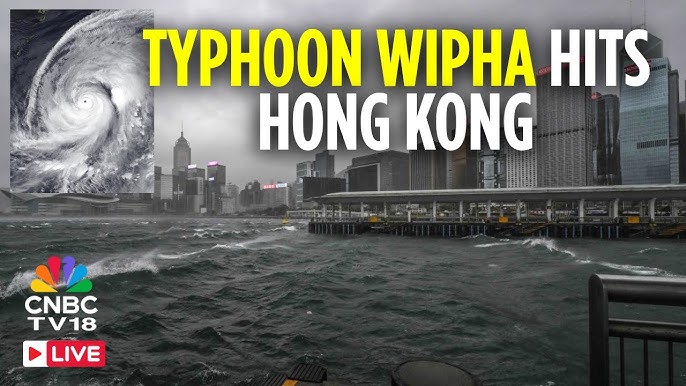
The typhoon has caused significant economic disruption due to the impact on air and sea travel, leading to financial losses for airlines, tourism, and various businesses. Widespread fallen trees, damaged scaffolding, and localized flooding in urban areas have also been reported. Thousands of individuals in the Philippines and hundreds in Hong Kong were forced to evacuate to shelters.